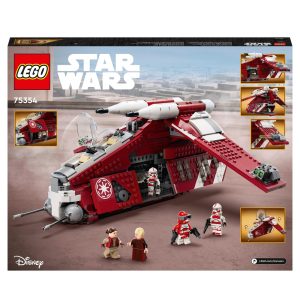How to Play Battleship: A Step-by-Step Guide


How to Play Battleship: A Step-by-Step Guide


Introduction
Battleship is a classic board game that has entertained players for generations. The game is played between two players, each with their own hidden fleet of ships, who attempt to locate and sink the opponent’s ships. If you’re new to Battleship or need a refresher, this step-by-step guide will walk you through the rules and gameplay. By following these instructions, you’ll be ready to engage in strategic naval warfare and enjoy hours of fun with this timeless game.
Equipment
To play Battleship, you’ll need the following equipment:
- 2 identical game boards with a grid of squares
- Ships of various lengths (typically five ships: Carrier, Battleship, Cruiser, Submarine, and Destroyer)
- Red pegs to mark hits
- White pegs to mark misses
- Ship placement sheets (optional)
Setup
Before starting the game, both players must set up their fleets on their game boards. Follow these steps:
Step 1: Choose a Player to Go First
Flip a coin or use any fair method to determine which player goes first.
Step 2: Arrange the Fleet
Each player arranges their fleet of ships on their game board. Ships can be placed horizontally or vertically but must not overlap or extend beyond the board’s boundaries. The sizes of the ships are as follows:
- Carrier: 5 squares
- Battleship: 4 squares
- Cruiser: 3 squares
- Submarine: 3 squares
- Destroyer: 2 squares
Step 3: Record Ship Positions (Optional)
For added convenience, players can use ship placement sheets to record the positions of their ships. This helps keep track of the fleet during the game.
Gameplay
Once the fleets are set up, the game can begin. Follow these steps to play Battleship:
Step 1: Determine Player Turns
Players take turns guessing the location of their opponent’s ships. The player who goes first (determined during setup) starts the game.
Step 2: Call Out a Coordinate
On your turn, call out a coordinate on your opponent’s game board, specifying a letter (A-J) for the column and a number (1-10) for the row. For example, “B-4”.
Step 3: Mark the Result
Your opponent checks the called-out coordinate on their board. If there’s a ship present at that location, your opponent responds with “hit” and marks the hit on their own board using a red peg. If there’s no ship, your opponent responds with “miss” and marks the miss on their board using a white peg.
Step 4: Update the Guessing Board
To keep track of your guesses, mark the result on your own “guessing board” by placing a red peg for a hit and a white peg for a miss. This board helps you remember your previous guesses and plan your future moves.
Step 5: Switch Turns
After marking the result, the turn switches to the other player. Repeat steps 2 to 5 until one player successfully sinks all of their opponent’s ships.
Step 6: Call “Hit” or “Miss” for Sunken Ships
If a player hits every square of an opponent’s ship, they should announce “sunk” for that ship. The opponent must then reveal the ship on their board by placing red pegs on each square of the sunken ship.
Step 7: Winning the Game
The game continues until one player has sunk all of their opponent’s ships. The player who sinks all the opponent’s ships first is declared the winner.
Strategies and Tips
To enhance your Battleship skills, consider these strategies and tips:
- Spread out your ships: Avoid placing your ships too close together. Spreading them out makes it harder for your opponent to guess their locations.
- Use the process of elimination: As the game progresses, keep track of the hits and misses to deduce the potential locations of your opponent’s remaining ships. Use this information to guide your future guesses.
- Be strategic with your guesses: Consider the probability of ship placement patterns and make educated guesses. Aim for areas where ships are more likely to be positioned.
- Use the “touch and go” strategy: If you hit an opponent’s ship, try guessing the adjacent squares to locate the rest of the ship. Ships cannot be placed diagonally, so look for patterns in the hits to identify the ship’s orientation.
- Change tactics: If your opponent consistently guesses correctly, try altering your ship placement strategy or adopting a more unpredictable guessing pattern.
- Keep track of your opponent’s hits and misses: Pay attention to your opponent’s guessing patterns and use the information to narrow down their ship locations.
Conclusion
Battleship is a thrilling and strategic game that challenges players to outsmart their opponents and sink their ships. By following this step-by-step guide, you now have a clear understanding of how to play Battleship. Remember to set up your fleet carefully, make strategic guesses, and keep track of hits and misses to gain an advantage over your opponent. With practice and strategic thinking, you’ll become a skilled naval commander in no time. Gather a friend, set up the game boards, and get ready for an exciting battle at sea!








